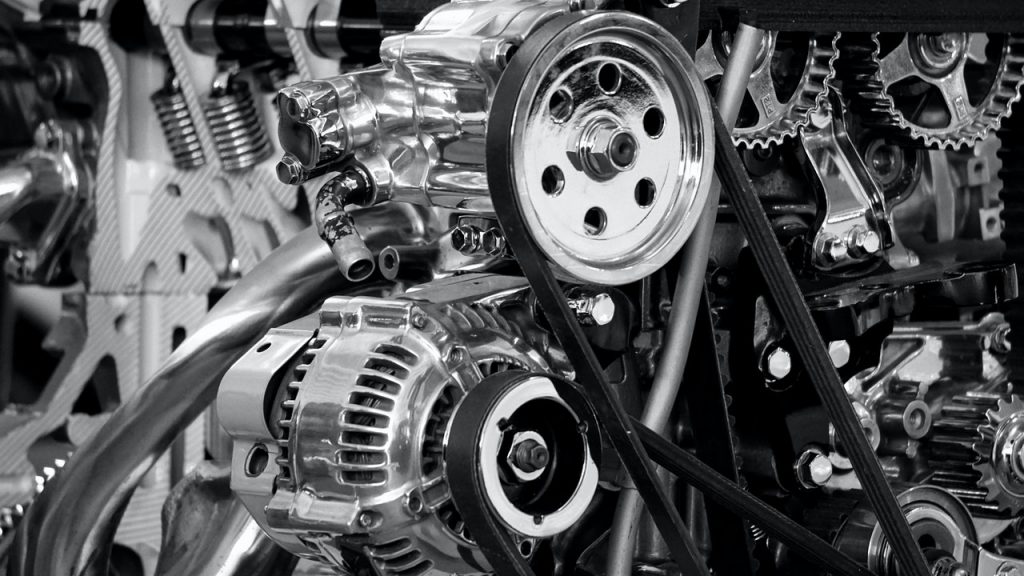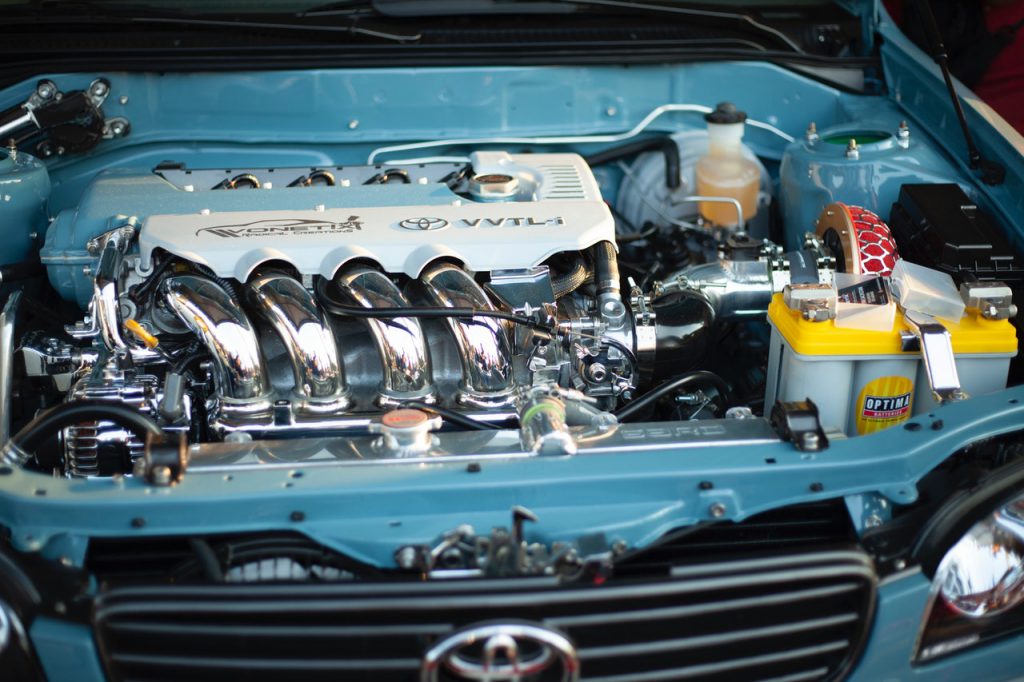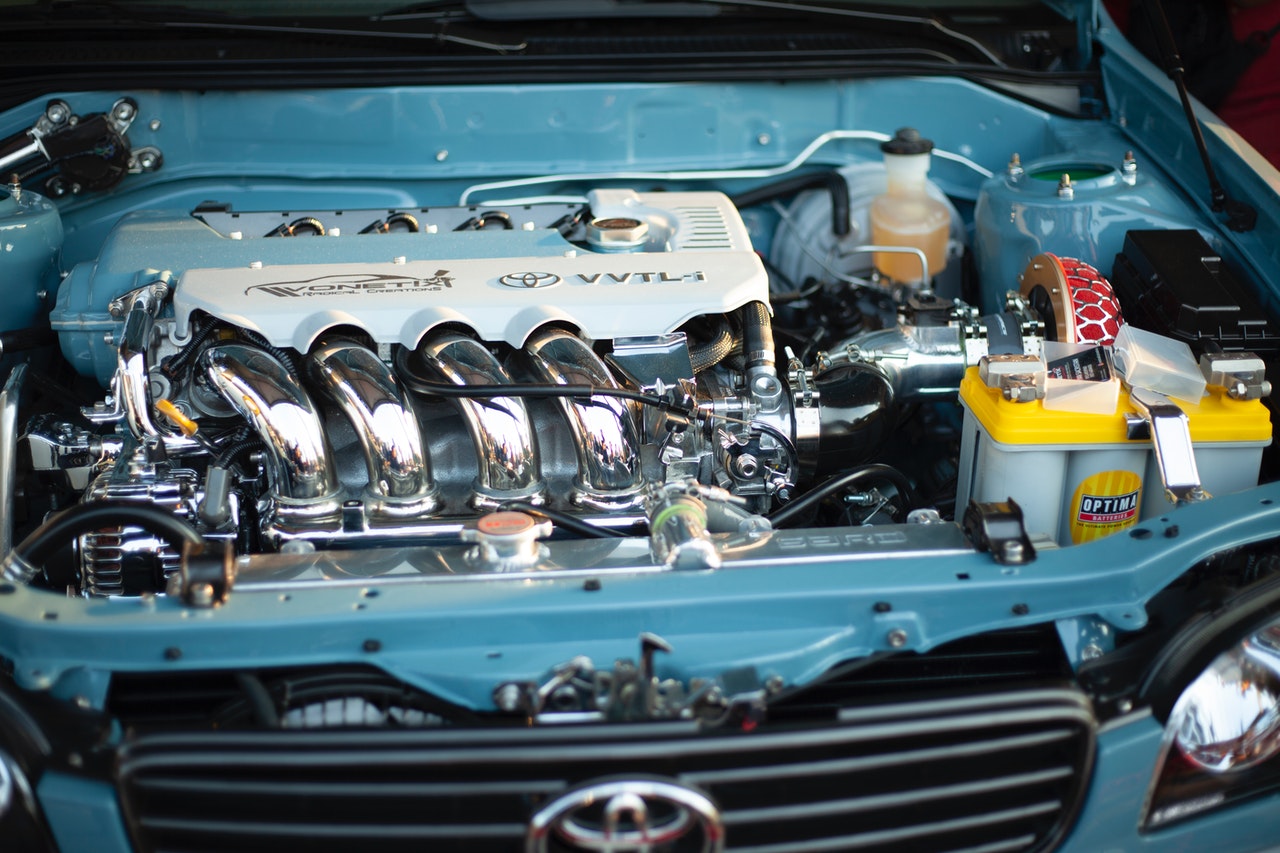The nightmare of all drivers is, without a doubt, the engine damage. It is really hard to acknowledge or notice this problem when your car is having engine damage. Another reason í that we overlook the symptoms of this issue. However, everything can be told from obvious warnings. In this article, we will list out some of these signs for engine damage so drivers can tell what they are dealing with.
Contents
Engine Damage
The Definition of Engine Damage
So, The engine is the heart of your vehicle, giving your car the necessary power it needs to operate correctly. The engine keeps giving us signs of its gradual deterioration before falling apart completely. We must be aware of such engine damage signs, and one needs to be very conscious.

If you have any engine damage, it will significantly affect your car’s performance. Fortunately, you can save yourself time and money by quickly diagnosing engine problems; before they cause more harm to your vehicle.
The Common Symptoms of Possible Engine Damage
The Engine Is Running Rough Or Inconsistently
The first and foremost symptoms of possible engine damage is that the engine is running inconsistently or rough. In order to spot this issue, car owners must be very familiar with the normal car sound when driving. So if there is any issue when your car is running, you can tell right away that the engine is having problems. If the automobile is running inconsistently, it is because the engine is shaking, losing power and stuttering as the revs rise.
With this issue, we suggest a few common solutions for this issue. First of all, car owners should test your ignition coils, and if they are having problems, it is time to replace them. Second of all, you should replace the spark plugs. They are also the issues of the damaged engine. Third of all, we should also check the fuel pressure. Fourth of all, car owners need to clean the air flow meter. If there is anything sticking inside, the engine might run rough. Last of all, drivers can give the engine a tune-up.
Oil Patches Under The Automobile
The next symptom can be seen is the puddles of oil underneath your car. In most cases, this is a result of a leak in your engine. When the oil depletes, more friction will occur and cause excess heat, which creates oil leaks.
Overtime, this creates damage to engine parts.
The Check Engine Light Turns On
Another common sign that we can always tell is the check engine light. The only way for your car to visually alert its owners is through the dashboard warning lights. Thanks to the OBD (also known as On-Board Diagnostics system), car owners can detect the issue. So if your CEL (also known as Check Engine Light) is flashing, it is a sign for you to not dismiss it. To be more specific, if drivers ignore the warning, the engine can be damaged overtime, and the same happens to other car parts.
In order to fix this, we need to know the factors that can trigger a check engine warning light. The first factor is the mass-airflow sensor, and the right way to fix this is to replace it. The second factor is the damaged spark plugs. These worn spark plugs cause engine misfires, which also trigger the check engine warning light. The third issue is the damaged catalytic converter, which also needs to be replaced. It can also be the sensor. To be more specific, it can be either oxygen sensors or electronic sensors. Car owners can easily fix this by changing the sensors. However, the most common reason is the fuel cap is not tight enough.
The Smell Underneath
If you smell something nasty from inside your vehicle, do not ignore it and expect it to go away. The smell of the emission of the car must never be noticeable from inside the car. That’s an issue if you have a strong exhaust smell. Along with that, any other strange smell or engine fumes can be a warning sign of engine damage.
SEE MORE
- Why Do I Have A Soft Brake Pedal? Causes And Solutions
- The Easiest Ways To Remove Road Tar From Your Car
The Car is Consuming More Gas than Normal
Your automobile is using more gas than normal is one of the signs showing your car is having engine damage.
Normally, a bad oxygen sensor will trigger a check engine light as we mentioned above. Car experts can spot the issue from looking at the two faulty codes P0135 and P0138 on the OBD-II reader. This is the only way to spot a failing O2 sensor. If you do not have the reader, you need to check the decreasing gas mileage to spot the problem.
If you acknowledge that the fuel consumption is rising, you can be sure that your engine is damaged. It is better to get it examined and solved by a car professional to save money in the long run.
Strange Noises From Under the Hood
Last but not least, we need to check if your car is having any knocking noise coming from the hood. This is one of the most crucial signals of engine damage. Apart from knocking sound, you need to take notice of the hissing, popping, backfiring and spitting from the exhaust. If your pistons, bearings or any moving components wear and tear, we can hear this noise.
In cases when you hear this knocking type of noise, you must take your vehicle to the mechanic as soon as possible. Ignoring this issue will result in further damage to your car, or breaking down your vehicle on the road. Of course, the cost of repairing will be much more expensive.

The Causes of Lose in Engine Power
The next sign we can find when your engine is damaged is that you lose engine’s power. Usually, we can find four things that are related to engine power, and if we are losing it, the issues might be around one of these four factors:
Fuel
The first thing we need to check is fuel from fuel injectors. If it is clogged, there is a high chance that it causes problems. When we mention fuel, we cannot forget the fuel pumps. In fact, a worn out fuel pump is the issue we might encounter.
Air
The second thing is the dirty air filter. As we all know, we need air to generate engine power, and if it gets clogged up with dirt and debris, we might be losing engine’s power. Car owners should clean them or replace them to fix this problem.
Spark
Fouled Spark Plugs is another issue we might encounter. To be more specific, these car parts build deposits over time, and it could misfire, which results in a loss of power. Along with that, we can also find carbon deposits on the piston, which makes the engine damaged. To be more specific, these things create hot spots and make the engine knock. Eventually, the engine will lose power, stall and shake when you go on high speeds.
Compression
The last thing we need to do is check the compression. However, this is a hard and major issue that needs the help of professionals. So if you cannot find issues in the first three factors, it is our recommendation to take your vehicle to the mechanic. One thing leads to another, the carbon deposits stuck and build up on the valve seats and valves, preventing it from closing properly. This makes the air escape in the compression stroke and reduces the compression ratio.
Conclusion
We now acknowledge the definition, the symptoms as well as the causes of engine damage. In conclusion, car owners must be aware of all of these in order to keep their vehicles’ condition normal. If there is something wrong, it is crucial to inspect it right away.



